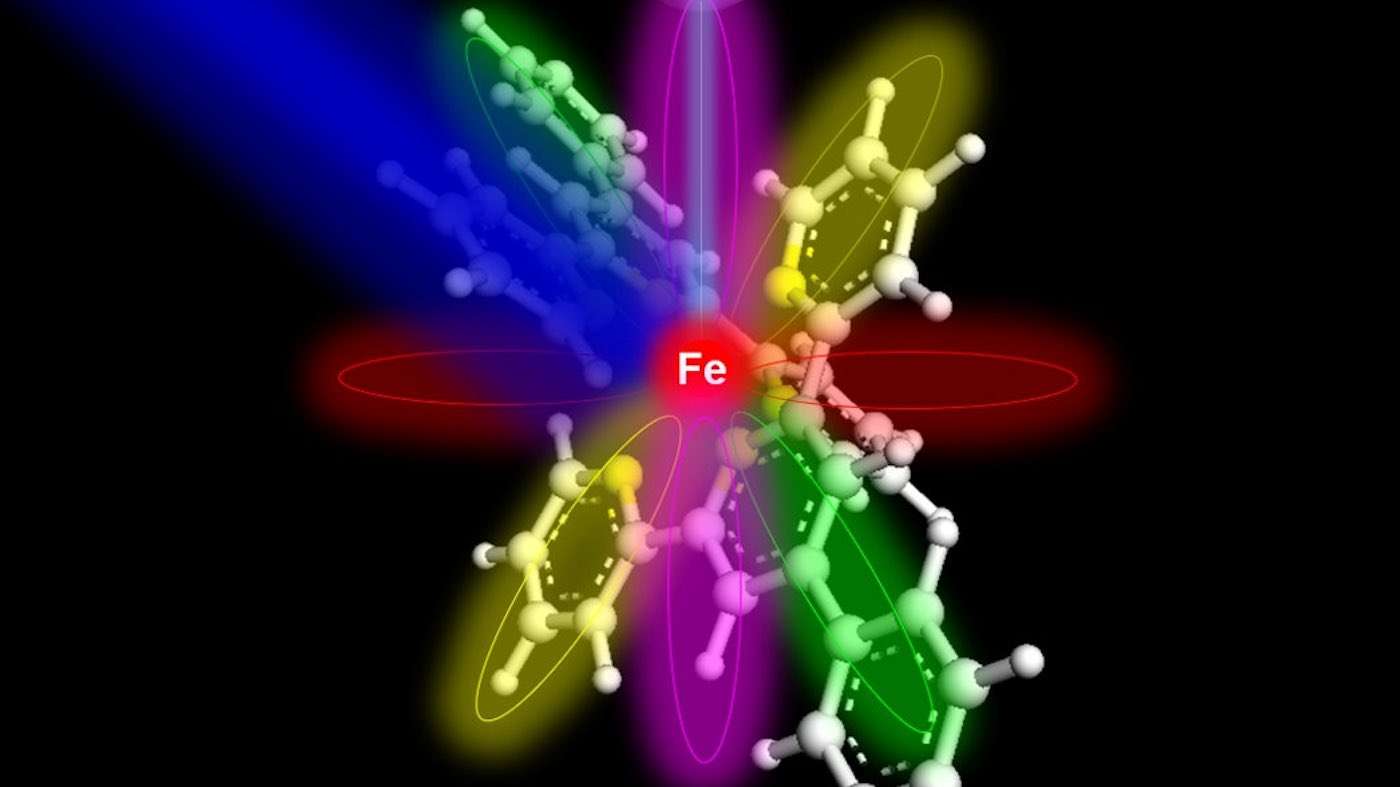Astronomers Discover Hundreds of Mysterious Filaments Pointing Towards Our Milky Way's Massive Black Hole
Astronomers have found hundreds of mysterious filaments pointing towards the Milky Way's supermassive black hole.

Many laymen will not be aware that science has never been able to X-ray a single atom.
The best that current state-of-the-art synchrotron scanners can manage is to X-ray an attogram-about 10,000 atoms-but the signal produced by a single atom is so weak that conventional detectors cannot be used. Until now.
This landmark feat was achieved thanks to a purpose-built synchrotron instrument at Argonne National Laboratory in Illinois using a technique known as SX-STM (synchrotron X-ray scanning tunneling microscopy).
The researchers behind the breakthrough say it paves the way for finding cures for major life-threatening diseases, the development of superfast quantum computers, and other advancements in materials and eco-science.
Atoms are the particles that build molecules, and the limit to which any substance can be broken down chemically. There are as many in a golf ball as golf balls would fit into Earth.
SX-STM can now measure them to an infinitesimal degree. The feat has been described as the ‘holy grail' of physics, and a long-standing dream of Professor Saw Wai Hla of Ohio State University, the lead author on the paper explaining the discovery.
"Atoms can be routinely imaged with scanning probe microscopes-but without X-rays one cannot tell what they are made of," explained Dr. Hla. "We can now detect exactly the type of a particular atom, one atom-at-a-time, and can simultaneously measure its chemical state. This discovery will transform the world."
Since its discovery by Roentgen in 1895, X-rays have been used in dozens of applications and fields, from medical examinations to security screenings in airports.
NASA's Mars rover Curiosity is equipped with an X-ray device to examine the composition of the rocks.
An important usage of X-rays in science is to identify the type of materials in a sample. Over the years, the quantity of materials in a sample required for X-ray detection has been greatly reduced thanks to the development of synchrotron X-rays.
SX-STM collects excited electrons, particles on the outside of an atom that move around the protons and neutrons inside, and the spectrum thus produced is like a fingerprint that enables the precise detection of what the atom is.
"The technique used, and concept proven in this study broke new ground in X-ray science and nanoscale studies," said first author Tolulope Michael Ajayi, a PhD student at Ohio.
"More so, using X-rays to detect and characterize individual atoms could revolutionize research and give birth to new technologies in areas such as quantum information and the detection of trace elements in environmental and medical research, to name a few."
"This achievement also opens the road for advanced materials science instrumentation."
SHARE This Interesting Holy Grail Of Physics With Your Sciency Friends…
Be the first to comment